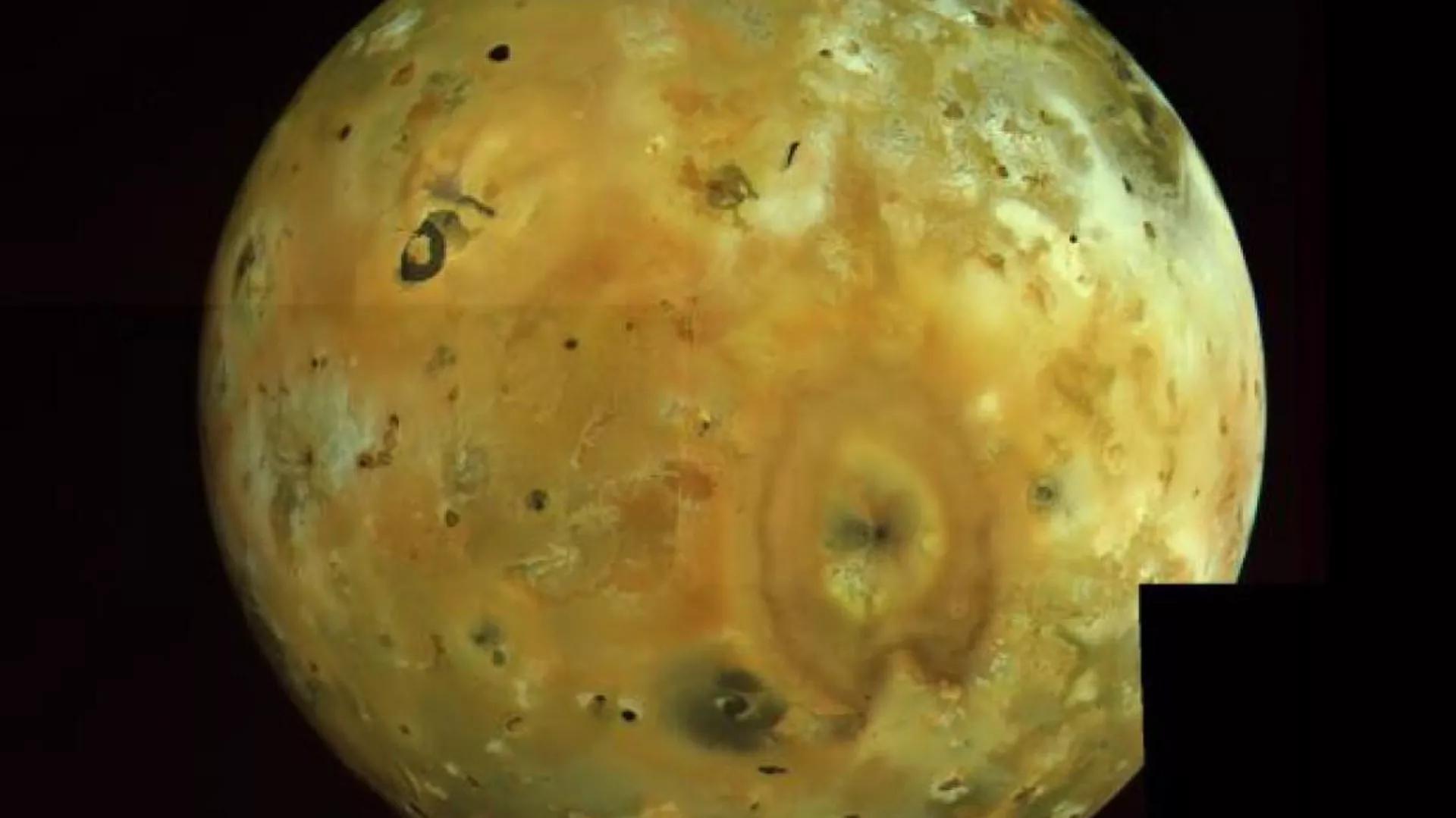Africa-Press – Sierra-Leone. Since arriving in Jovian orbit in 2016, NASA’s Juno space probe has investigated the massive planet as well as several of its most prominent moons. Once its mission is completed, the probe will plunge into the gas giant’s atmosphere on one final deadly mission.
Juno is going to Io, NASA said on Wednesday. The space agency’s Joint Propulsion Laboratory (JPL) said in a news release that Juno would photograph Io (pronounced “eye-oh”) as it zips past on Thursday, part of a new effort to study the mysterious volcanic moon.
In July, Juno passed about 50,000 miles from Io, but as it focuses more on the tortured world over the next year, Juno will eventually make its closest pass at just 932 miles above its surface.
Jupiter’s third-largest moon, Io is bigger than Earth’s moon and the most dense of any moon in the solar system. Its surface is dotted with dozens of volcanoes belching sulfur and sulfur dioxide, which have painted the surface yellow and are driven by the constant pulling on its interior by Jupiter and several of its other large moons. Much of this information was gathered from prior probes, including the Voyager and Galileo missions, in the 1970s and 1980s.
Along with Io, the four are known as the Galilean Moons, because they were the first to be observed by Italian astronomer Galileo Galilei in 1610. Indeed, they were the first moons observed around any planet other than Earth, helping to trigger contentious debates about the structure of the solar system.
In the present day, Jupiter is known to have at least 80 natural satellites, of which the Galilean Moons are by far the most massive. Juno’s mission is set to last until 2025, when it will begin its final task: a one-way plunge into the heart of the gas giant.
For More News And Analysis About Sierra-Leone Follow Africa-Press






